Automotive metal components
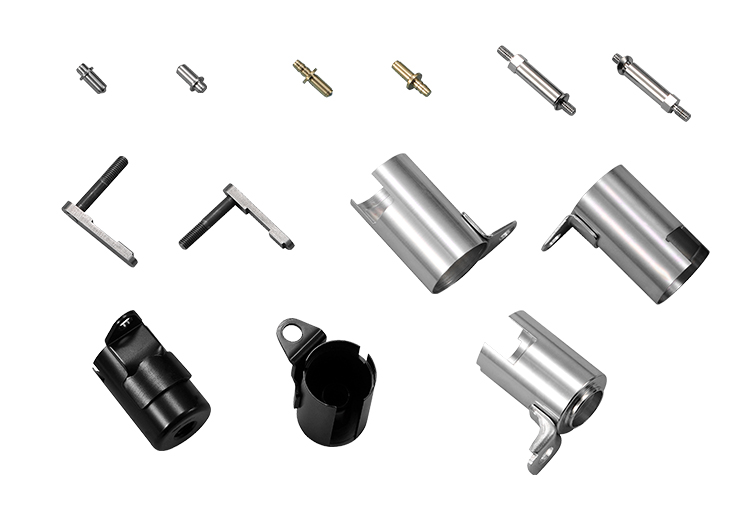
Automotive Connectors
● Function: The primary function of connectors is to facilitate the transmission of electrical signals and power between circuits. They ensure that devices can communicate effectively, supporting data transfer and functionality in diverse applications.
● Operation: Connectors operate by providing a secure interface between two or more components, often featuring pins or sockets that align perfectly to ensure a solid connection. They can be either detachable or permanent, with designs that accommodate various environmental conditions such as moisture and vibration.
● Applicability: Connectors are widely applicable in multiple industries, including automotive, telecommunications, consumer electronics, and industrial machinery. They are crucial for assembly in devices like computers, smartphones, and automotive systems, ensuring operational efficiency and reliability.
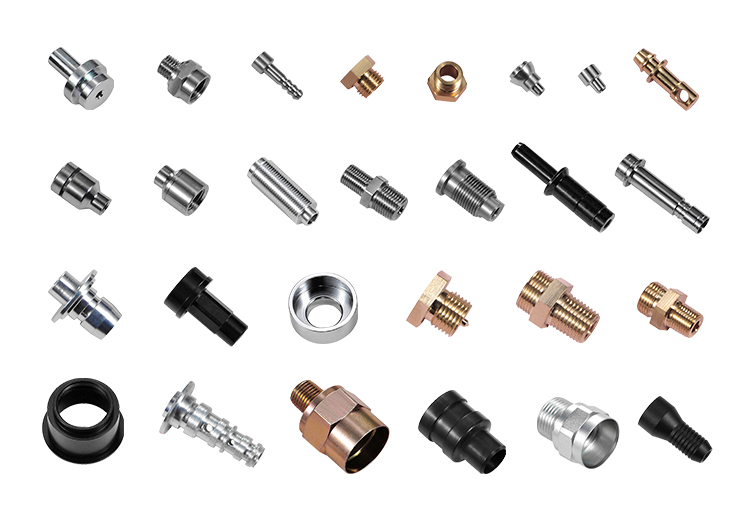
Pipe and Tube Fittings
● Function: The primary function of an automobile pipe joint is to create a secure and leak-proof connection between different pipe sections. This is vital for maintaining proper exhaust flow and preventing the escape of gases, which can affect engine performance and emissions.
● Operation: Pipe joints operate by using methods such as clamping, welding, or bolting to join sections of pipes. For example, V-insert clamps are often utilized in automobile exhaust systems to provide effective sealing under varying torque conditions, ensuring that connections remain intact during vehicle operation.
● Applicability: These joints are widely applicable in automotive exhaust systems, fuel lines, and other fluid transport systems. Their design accommodates various pipe materials and configurations, making them suitable for a diverse range of vehicles, from passenger cars to heavy-duty trucks.
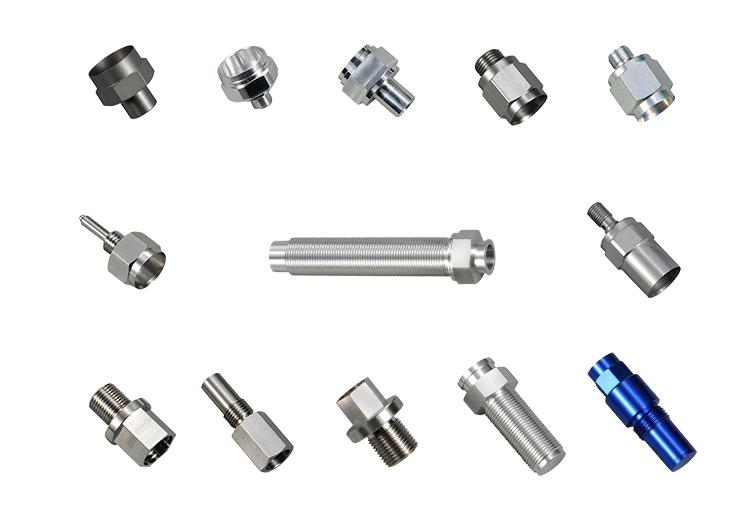
Sensor Metal Shell
● Function: The metal shell serves to shield the sensor from environmental factors, such as dust, moisture, and mechanical stress, ensuring reliable operation and longevity. It also contributes to signal integrity by minimizing electromagnetic interference.
● Operation: Sensors housed in a metal shell can detect the presence of objects without direct contact, utilizing principles such as inductance or capacitance. When an object approaches, the sensor’s output changes, triggering a response in the connected system. This non-contact sensing capability allows for high precision in various applications.
● Applicability: Metal shell sensors are widely used in industrial automation, robotics, and automotive systems, where durability and reliability are critical. They are suitable for environments that require high precision and resistance to harsh conditions, making them ideal for applications like object detection and position sensing.
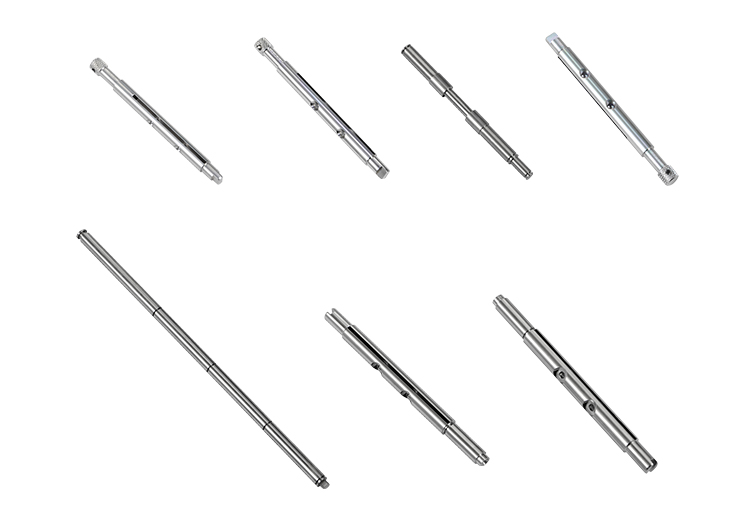
Throttle control shaft
● Function: The throttle control shaft precisely controls the opening and closing of the throttle plate, thereby regulating the amount of air entering the engine. This is essential for maintaining the desired air-fuel mixture for efficient combustion and optimal engine power output.
● Operation: The throttle control shaft operates in response to signals from the engine control unit (ECU). When the driver accelerates, the ECU sends a signal to the throttle body, adjusting the throttle plate’s position through the shaft to increase airflow. This adjustment is crucial for providing the appropriate engine response based on driver input and operational conditions.
● Applicability: Throttle control shafts are widely used in various automotive applications, including gasoline and diesel engines. They are integral to electronic throttle control systems, enhancing vehicle performance, improving fuel economy, and reducing emissions across a range of modern vehicles.
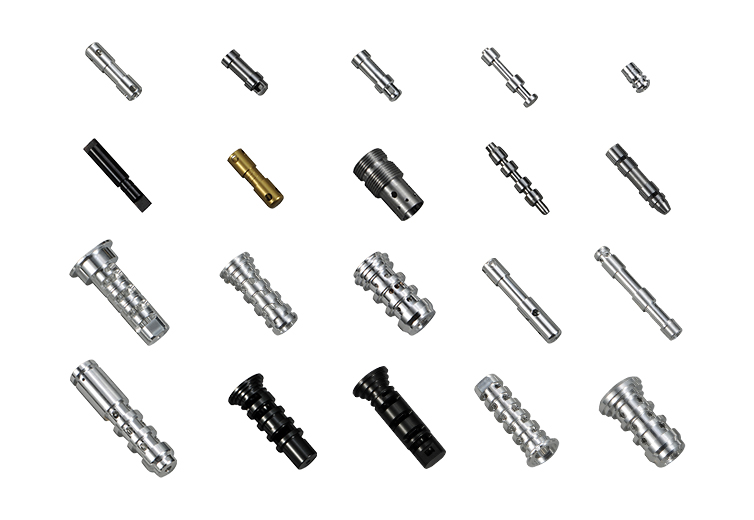
VVT oil control valve body
● Function: The OCV adjusts the supply pressure of oil to influence the timing of valve openings and closings, optimizing engine performance, enhancing fuel efficiency, and reducing emissions.
● Operation: The OCV modulates oil flow based on engine load and speed through a pulse-width modulation signal, precisely controlling the displacement of the VVT sprocket for accurate valve adjustment.
● Applicability: This component is widely used across various vehicle types, particularly in modern automobiles where high performance and efficiency are paramount.
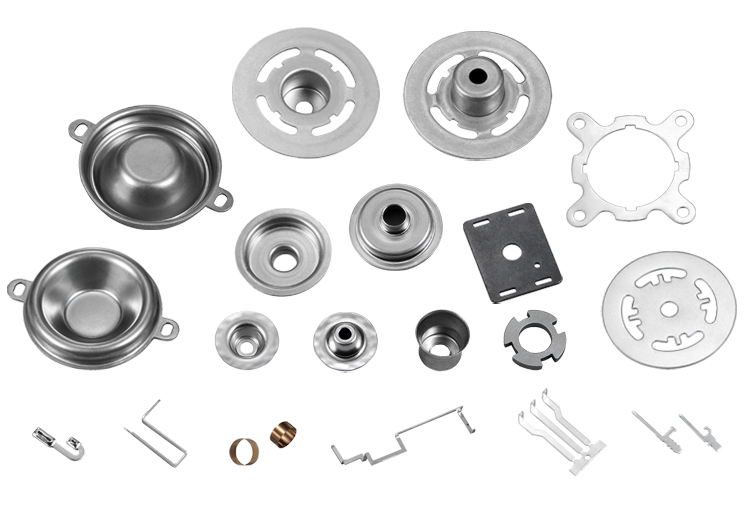
Automotive Stamping
Stamping is a process that uses dies in a stamping machine to form metal sheets into various parts, such as the outer casings or structural components found in automobiles and home appliances. We can produce such parts using materials like brass, stainless steel, aluminum. Typical surface treatments include electroplating, anodizing, polishing, passivation, and PVD coating.
If you are interested in our products, please feel free to contact us and let us know your requirements.
E-mail: abby.ke@chenyang.de
